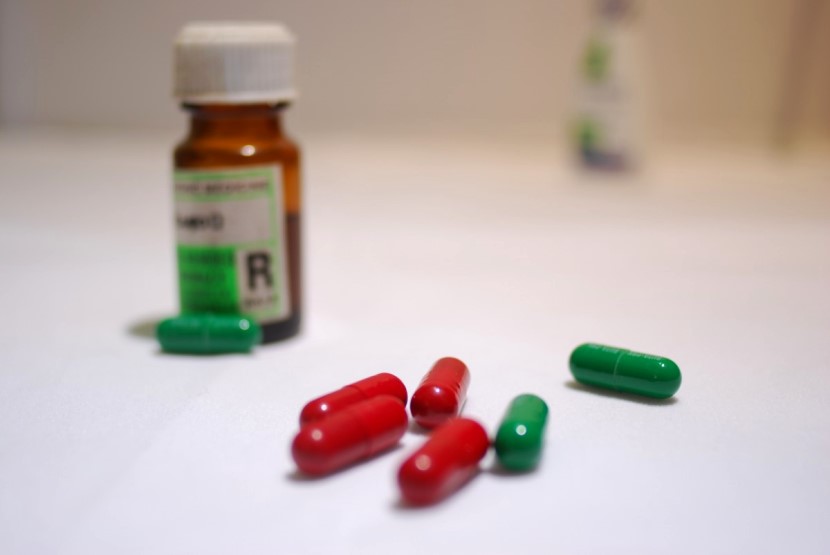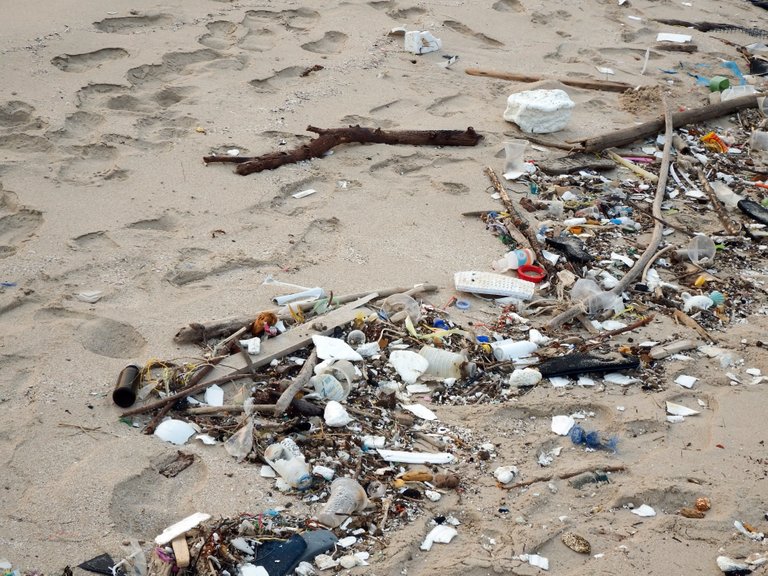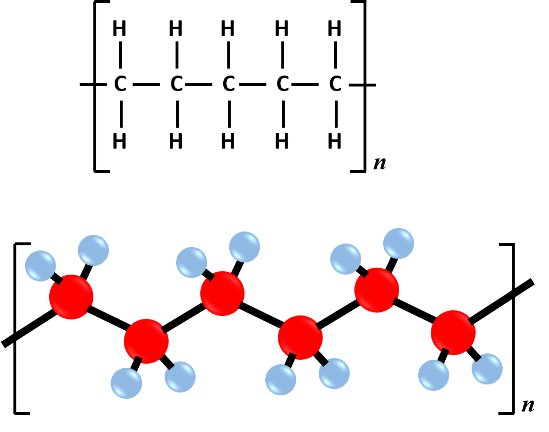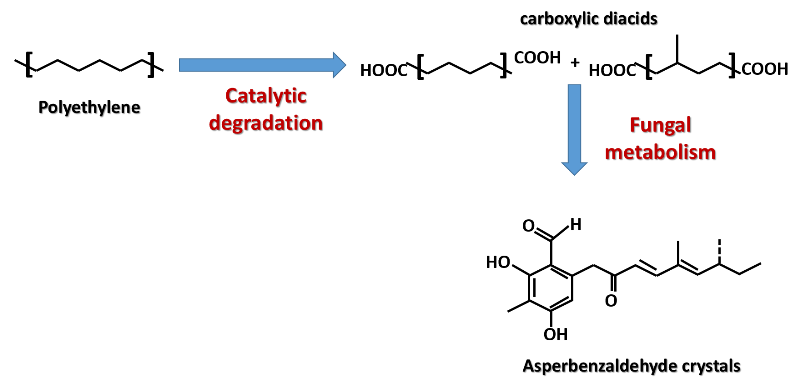Medicines from plastic waste?
Thanks to a novel method, genetically modified fungi convert polyethylene waste into pharmacologically useful products.

A new method promises to convert plastics into pharmacologically useful molecules. Source: Pxhere.com.
As we all know, plastics have become essential in our daily lives, being one of the most important materials in our modern world, which has accelerated the production of these materials in the last decade, estimating that by 2040 more than 1000 million tons per year will be produced. But this also means a lot of waste, of which only a small fraction is recycled and a large part of it ends up polluting the seas and oceans around the world, degrading into small particles that endanger marine ecosystems and our food chain.

A large amount of plastic waste ends up containing seas and oceans. Source: publicdomainpicture.net
And polyethylene is especially problematic for two reasons; on the one hand, it is one of the most common plastics, since it is generally used for the manufacture of bags of all kinds, food containers or detergent and cosmetic containers, among others, i.e., for products that have practically a single use, which generates a large amount of waste.
On the other hand, although polyethylene is the simplest polymer of all and its manufacture is very simple, its recycling is very complex and limited, since being a linear chain polymer, its carbon chain is very tightly bound, so it does not have good breaking points where the chain can be divided giving rise to chemical species with a specific length, which ends up generating a mixture of compounds of different lengths, and therefore of little value or usefulness.

Polyethylene is a straight chain polymer. Source: image elaborated in Powerpoint.
So, due to their excellent physicochemical characteristics, polyethylenes will continue to be useful products to provide us with a better quality of life for a long time to come, therefore, in order to minimize the environmental impact of this type of products, new approaches are being developed to achieve a viable recycling for this type of products.
In this regard, a team of scientists from the University of Southern California and the University of Kansas reported in the journal Angewandte Chemie, a new method with chemical and biological basis to recycle polyethylene waste and obtain valuable products with pharmacological interest. The process basically consists of the catalytic conversion of polyethylene in the presence of oxygen to form a variety of carboxylic diacids, and then feeding these compounds to genetically modified fungi that are responsible for converting these products naturally into products of greater value.
According to the results of the research, this team was able to demonstrate that polyethylene residues can be degraded by chemical methods rapidly generating suitable substrates that can be converted by fungal metabolism into other products, managing to convert these substrates derived from polyethylene into various asperbenzaldehyde, citreoviridine and mutiline, with significant yields.

Polyethylenes are chemically degraded using metal catalysts and oxygen to generate a mixture of carboxylic diacids, which are then metabolized by fungi. Source: image elaborated in Powerpoint with research data.
For the experiment the team collected plastic waste in Catalina Harbor, then sorted it and selected the polyethylenes for catalytic degradation into a mixture of carboxylic acids, from this resulting mixture they separated the short-chain carboxylic acids as they are toxic to fungi, but can be used for the synthesis of biodegradable plastics; and the long-chain carboxylic diacids (>10 carbon atoms) were used to feed engineered strains of Aspergillus nidulans fungi, fungi that grow very fast and are already used to produce drugs such as penicillin.
By means of contrast micrographs it was possible to determine the abundance of asperbenzaldehyde crystals in liquid culture medium, also compounds such as citreoviridine and mutilin were produced, compounds used as raw material for the production of drugs used in the treatment of Alzheimer's disease, cancer, or as bactericidal agents for the treatment of bacteria resistant to antibiotics.
Well friends, we know that plastic waste represents an important environmental and economic burden for our society, that is why we need this type of approach, which seeks to give value to plastic waste in such a way that it is seen as a raw material and not just as a waste.
References
Chris Rabot, Yuhao Chen, Swati Bijlani, et al. (2022). Conversion of Polyethylenes into Fungal Secondary Metabolites; Angewandte Chemie International Edition
Anything that they can use this plastic waste , for me is and advantage!

thanks for bringing it
!1UP
Thanks to you for reading my friend
You have received a 1UP from @gwajnberg!
@stem-curator, @vyb-curator, @pob-curator
And they will bring !PIZZA 🍕.
Learn more about our delegation service to earn daily rewards. Join the Cartel on Discord.
I gifted $PIZZA slices here:
@curation-cartel(17/20) tipped @emiliomoron (x1)
Send $PIZZA tips in Discord via tip.cc!
Thanks for your contribution to the STEMsocial community. Feel free to join us on discord to get to know the rest of us!
Please consider delegating to the @stemsocial account (85% of the curation rewards are returned).
You may also include @stemsocial as a beneficiary of the rewards of this post to get a stronger support.
Thanks my friends!
Very interesting studies, but I have not yet come across any such medicine, most often I order all the drugs on Canada Drugs and I am always sure of their quality and certification, and even this type of medicine would not cause me unnecessary suspicion if it was sold on their platform.